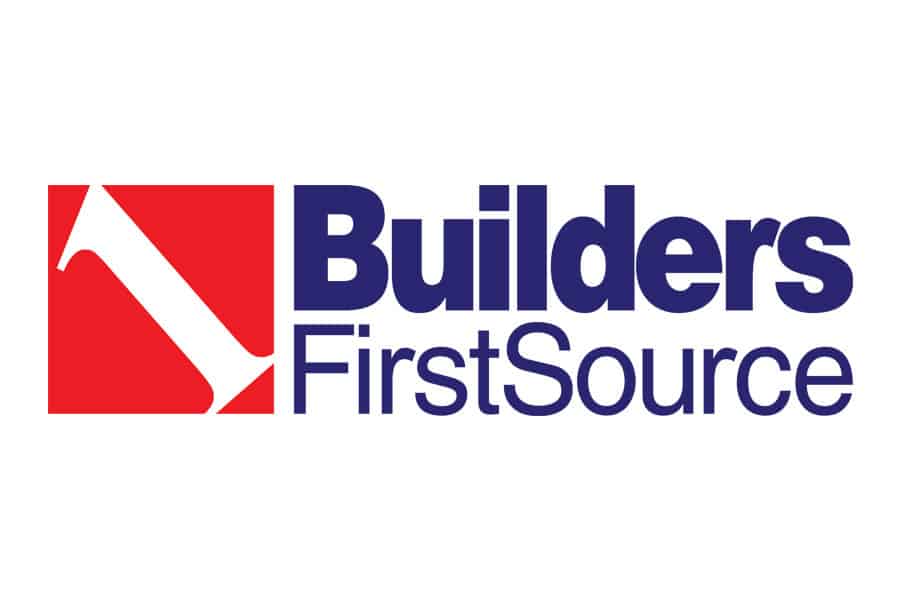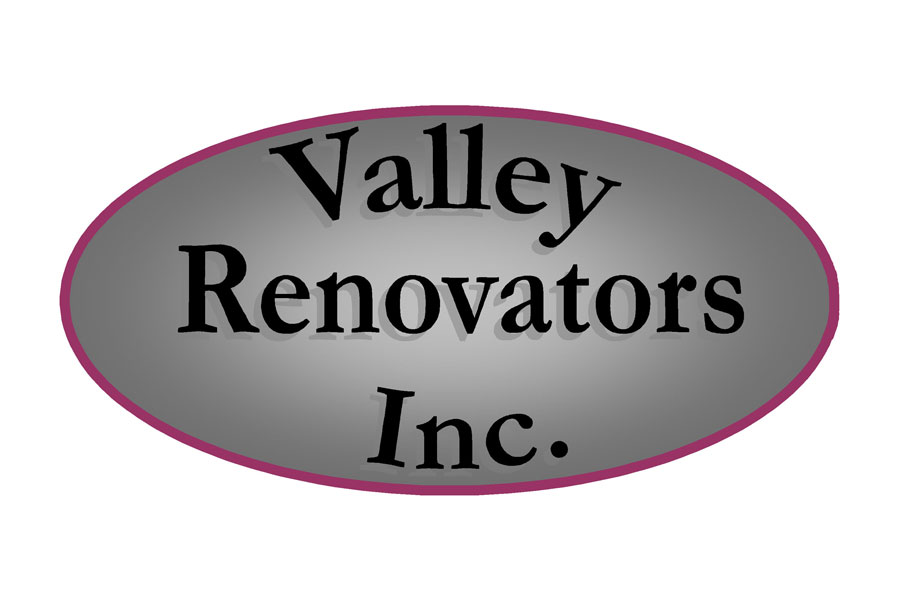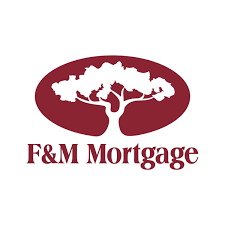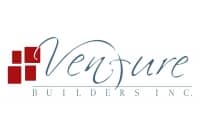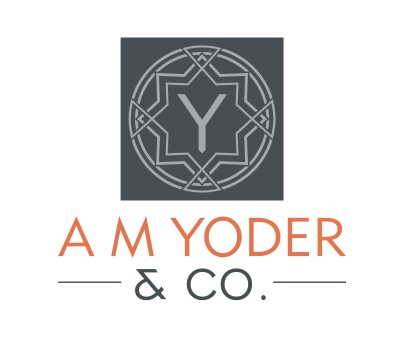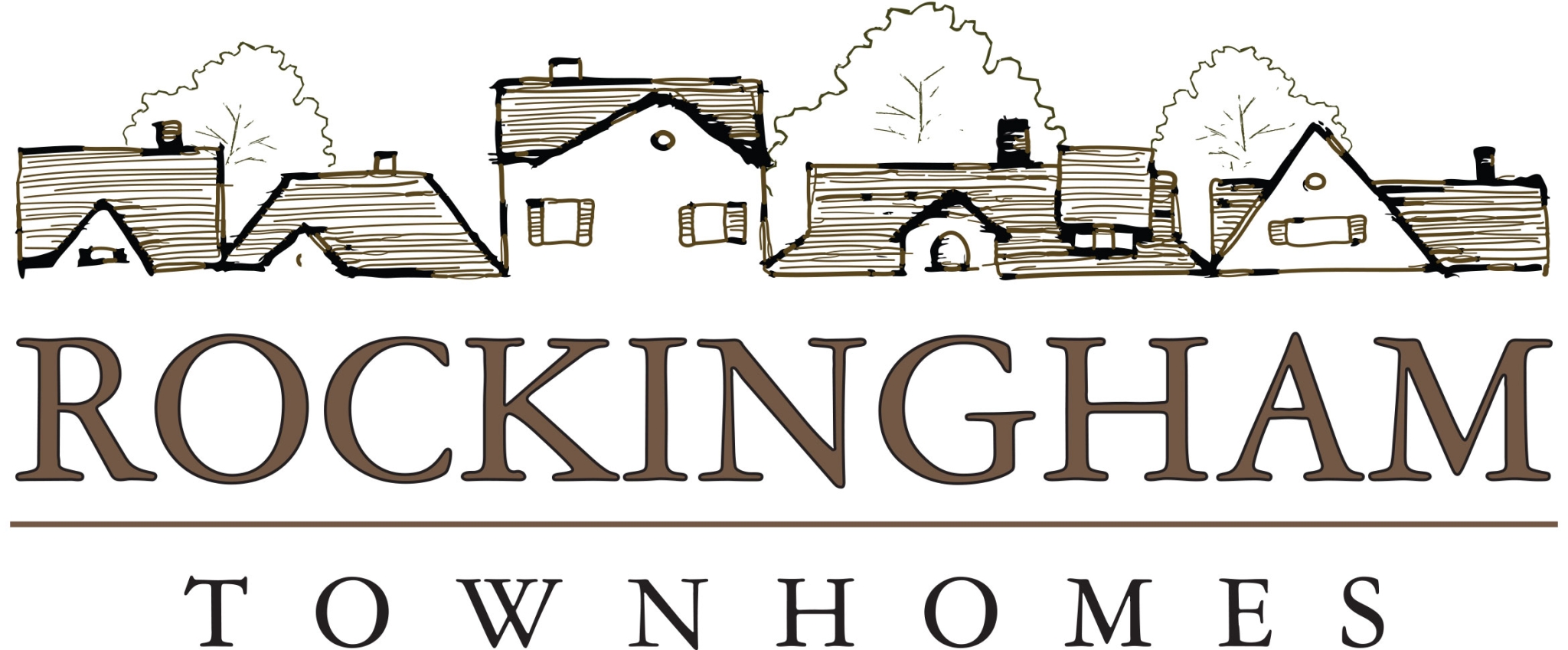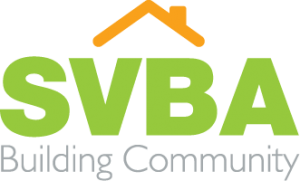The Magic Triangle of Construction
All successful construction projects, large and small, new construction and renovation, commercial residential, production or custom, are successful because of careful attention to triangle of Quality, Time and Cost. Focusing on any one of these categories too much, or conversely, focusing on any one of these categories too little, results in a project that falls short of expectations in some way.
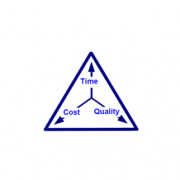
The beautiful simple visual symmetry of this triangle diagram results when equal time and attention are given to each category, and the inherent beauty of a properly constructed project, with equal time and attention given to each category, is unmistakable. If each choice during planning, construction and warranty, is made with all factors considered, the result will be a timeless, durable, beautiful functional home or building. If, however, any of the three elements are improperly weighted, the result is an imbalanced triangle, and a structure that reveals this compromise in some way, either through an unattractive aesthetic, poor performance, high operating costs, and above average maintenance and repair costs.
QUALITY
Quality is the most difficult of the three magic corners to quantify. What is considered “good quality” by one Contractor or customer, may not be considered the same by others. The National Association of Home Builders has published a document entitled: Residential Construction Performance Guidelines, which can be helpful for both Contractors and customers, so that reasonable benchmarks for quality in new construction and renovation can be established. Simply put, perfection is not a reasonable goal, but establishing expectations early in the planning phase of any project ensures that unreasonable expectations for quality will not bring imbalance into the magic triangle. Additionally, if a customer has stated expectations for quality that are above and beyond the industry standard, the magic triangle diagram provides and framework for how those expectations will impact the cost and time required to achieve those expectations. The level of quality attainable in any project, is related to the time and cost that can be allocated to it.
TIME
The project schedule is the source of much anxiety for both contractors and customers. Every customer asks, with great excitement and anticipation “when can I move in?” and soon excitement and anticipation is replaced with anxiety and frustration as every Contractor looks
at the ground, stutters and stalls, shuffles his fee, then looks to the heavens and replies “well it depends.”
Even the most detailed project schedules change from the time the contract is signed to the delivery of the keys, as many factors work against a fluid schedule, from weather delays, to non-performing sub-contractors, to materials selections and delivery schedules. Similar to quality, reasonable expectations for time must be established up front, with candid explanations of the many moving pieces of a construction project, and their respective potential impact on the schedule. If a customer is willing to pay expedited shipping on unique materials, and if contract payment is arranged to allow the Contractor to pay the subs in a timely fashion, it is possible to shorten the construction schedule. However, if quality expectations require the very best trades and luxurious unique materials, the time line for the project must be adjusted accordingly, and fit into the magic triangle, relative to these expectations. Custom handmade cabinetry from locally and sustainably harvested stock, built and installed by skilled artisan craftsmen, simply cannot be fabricated and installed for the same cost and in the same time line as stock cabinets from a national retailer. The time it takes to complete any project is dependent upon the level of quality that is expected, and the cost that the customer is willing to invest.
COST
 Cost is perhaps the simplest of the magic triangle concepts to grasp. Better quality appliances simply cost more than lower or poor quality appliances. Just like better quality cars cost more than lower or poor quality cars and just like an exquisitely prepared filet costs more than a Big Mac. Customer budgets are often just as unique as the projects themselves, but still impact the other two corners of the triangle; a customer with an unlimited budget can most likely expect a truly magnificently crafted project of the highest quality, but may have to compromise on schedule expectations. Likewise, a customer with a very limited budget, may still be able to achieve their desired outcome in a project, but should be prepared to make reasonable concessions of both time and quality to achieve their budget goal. Ultimately, establishing a budget goal early in the project, and managing those expectations carefully throughout the project will allow the project team to make decisions along the way that honor the budget, without ignoring time and quality. Successful projects of any type, function and size require the magic triangle to be balanced. Focus too much on any one corner, and the other corners (and the project itself) will become irregular and asymmetrical. Discuss the magic triangle early and often in your project. Establish expectations with your entire project team, and follow up regularly to make sure no one area of your project is dominating the others. And when your beautiful, durable comfortable and wonderful project is complete, celebrate with a nice triangular piece of pie, to honor the power of the magic triangle!
Cost is perhaps the simplest of the magic triangle concepts to grasp. Better quality appliances simply cost more than lower or poor quality appliances. Just like better quality cars cost more than lower or poor quality cars and just like an exquisitely prepared filet costs more than a Big Mac. Customer budgets are often just as unique as the projects themselves, but still impact the other two corners of the triangle; a customer with an unlimited budget can most likely expect a truly magnificently crafted project of the highest quality, but may have to compromise on schedule expectations. Likewise, a customer with a very limited budget, may still be able to achieve their desired outcome in a project, but should be prepared to make reasonable concessions of both time and quality to achieve their budget goal. Ultimately, establishing a budget goal early in the project, and managing those expectations carefully throughout the project will allow the project team to make decisions along the way that honor the budget, without ignoring time and quality. Successful projects of any type, function and size require the magic triangle to be balanced. Focus too much on any one corner, and the other corners (and the project itself) will become irregular and asymmetrical. Discuss the magic triangle early and often in your project. Establish expectations with your entire project team, and follow up regularly to make sure no one area of your project is dominating the others. And when your beautiful, durable comfortable and wonderful project is complete, celebrate with a nice triangular piece of pie, to honor the power of the magic triangle!
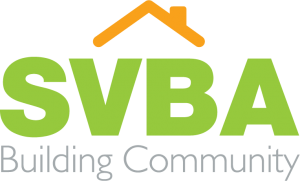


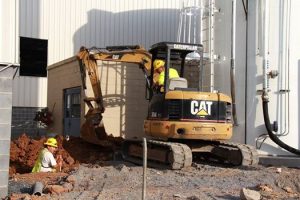
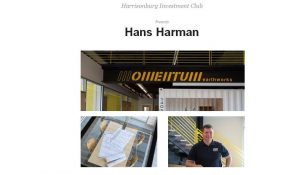 The reality is depending on the project dynamics I could probably draft several hundred questions to consider but the most important aspect is that the team that you are working with either as an owner, as a prime contractor or as a sub-contractor is well organized in answering and addressing all of these questions above and more. If someone is not asking and engaging you in these types of questions then that should raise caution!
The reality is depending on the project dynamics I could probably draft several hundred questions to consider but the most important aspect is that the team that you are working with either as an owner, as a prime contractor or as a sub-contractor is well organized in answering and addressing all of these questions above and more. If someone is not asking and engaging you in these types of questions then that should raise caution!